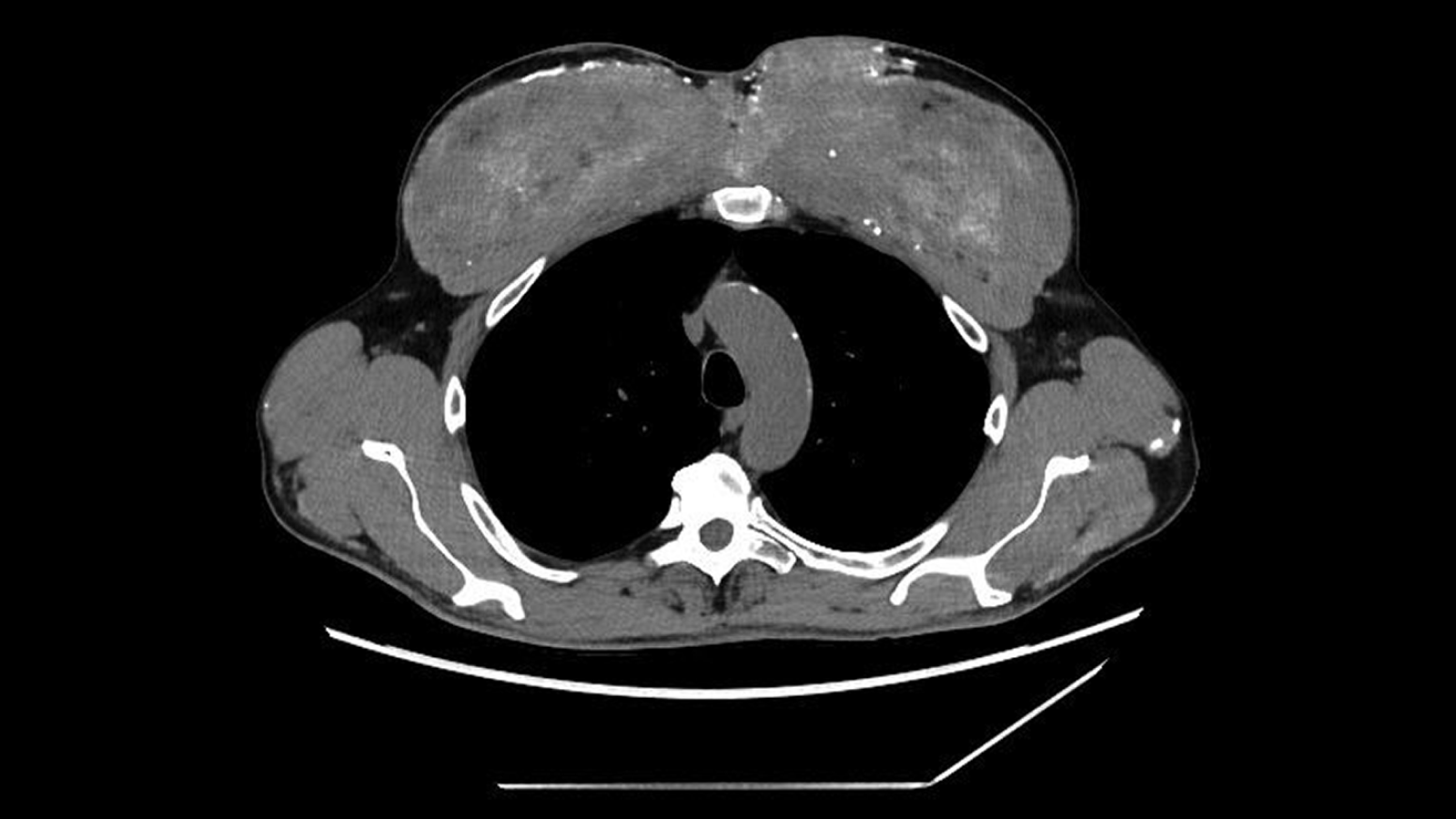Science News: Recent scientific discoveries and expert analysis
Read the latest science news and recent scientific discoveries on Live Science, where we've been reporting on groundbreaking advances for over 20 years. Our expert editors, writers and contributors are ready to guide you through today's most important breakthroughs in science with expert analysis, in-depth explainers and interesting articles, covering everything from space, technology, health, animals, planet Earth, and much more.
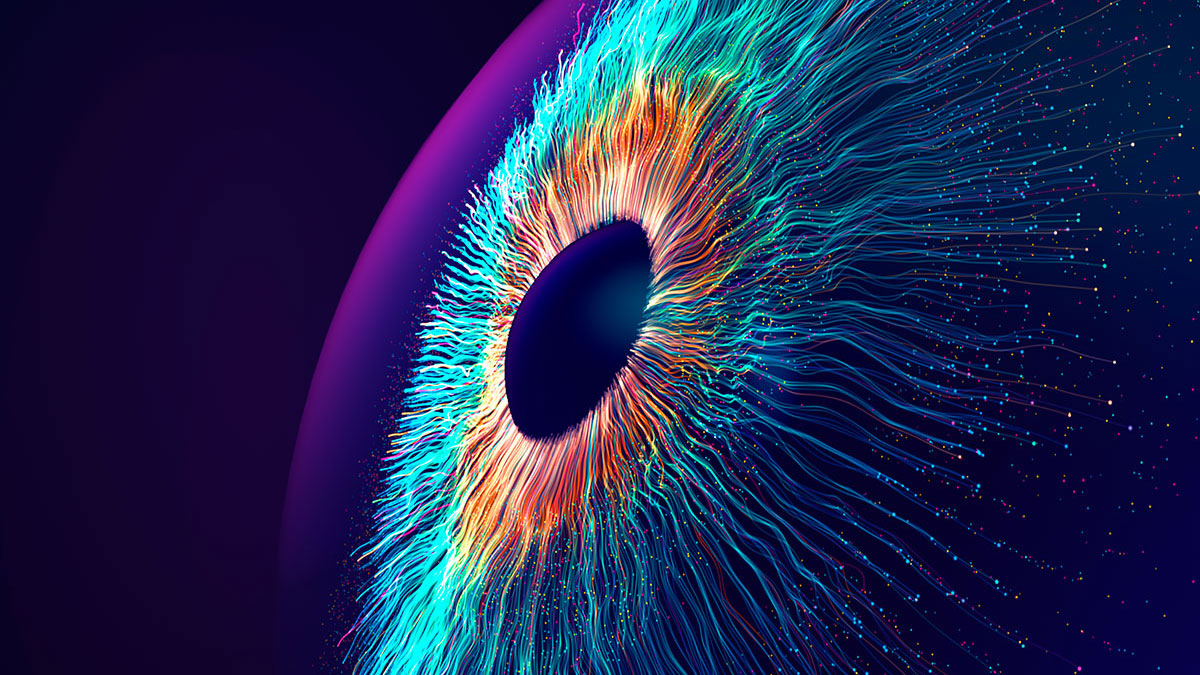
Explainers | Everything you need to know about the science news that matters.
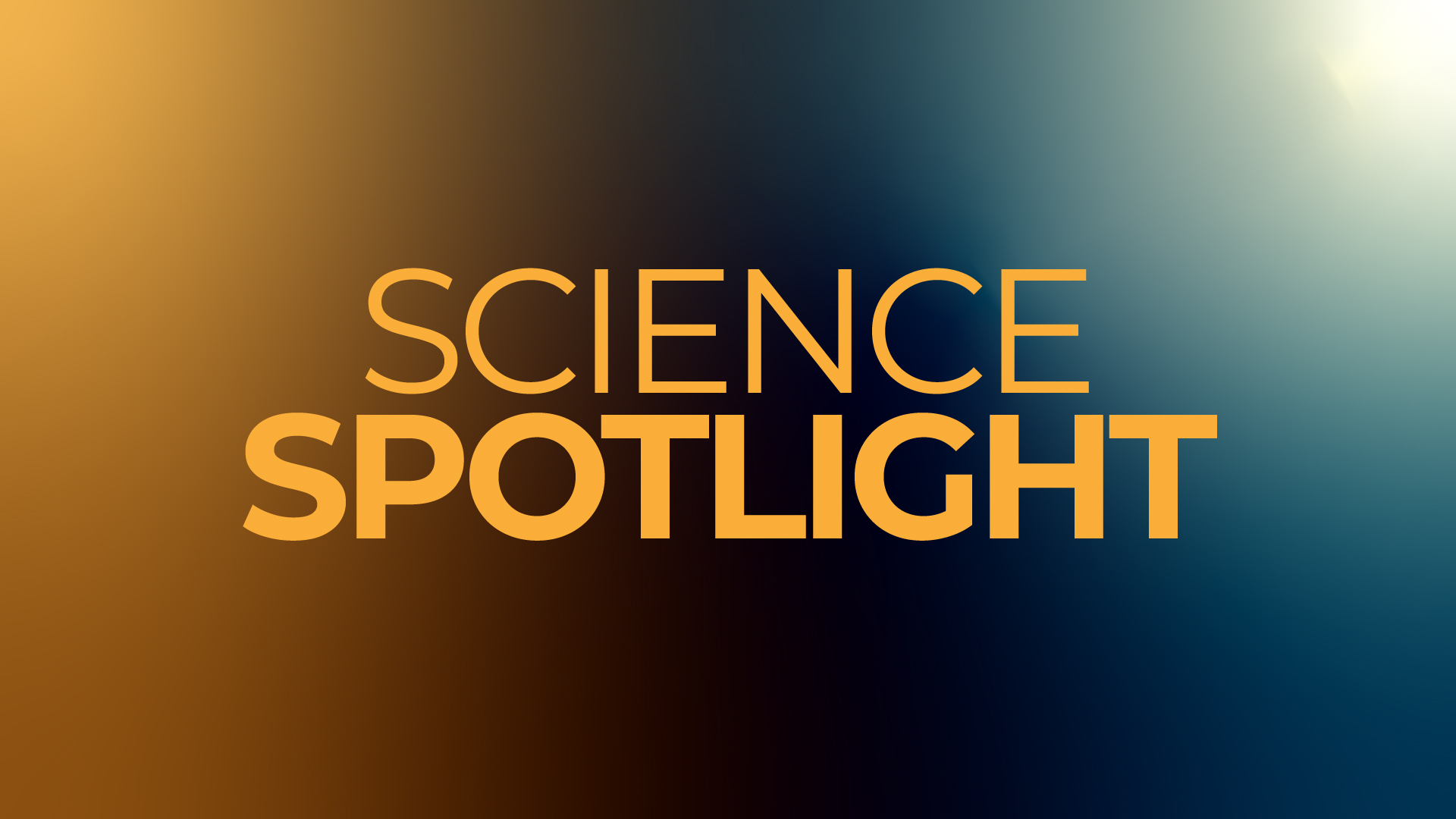
Science Spotlight | Shining a light on new science transforming our world.
Latest news

Today's biggest science news: Doomed comet explodes | Comet 3I/ATLAS course alteration | Dark matter detected?
By Ben Turner, Tia Ghose, Alexander McNamara, Patrick Pester last updated
Live blog Wednesday, Nov. 26, 2025: Your daily feed of the biggest discoveries and breakthroughs making headlines.
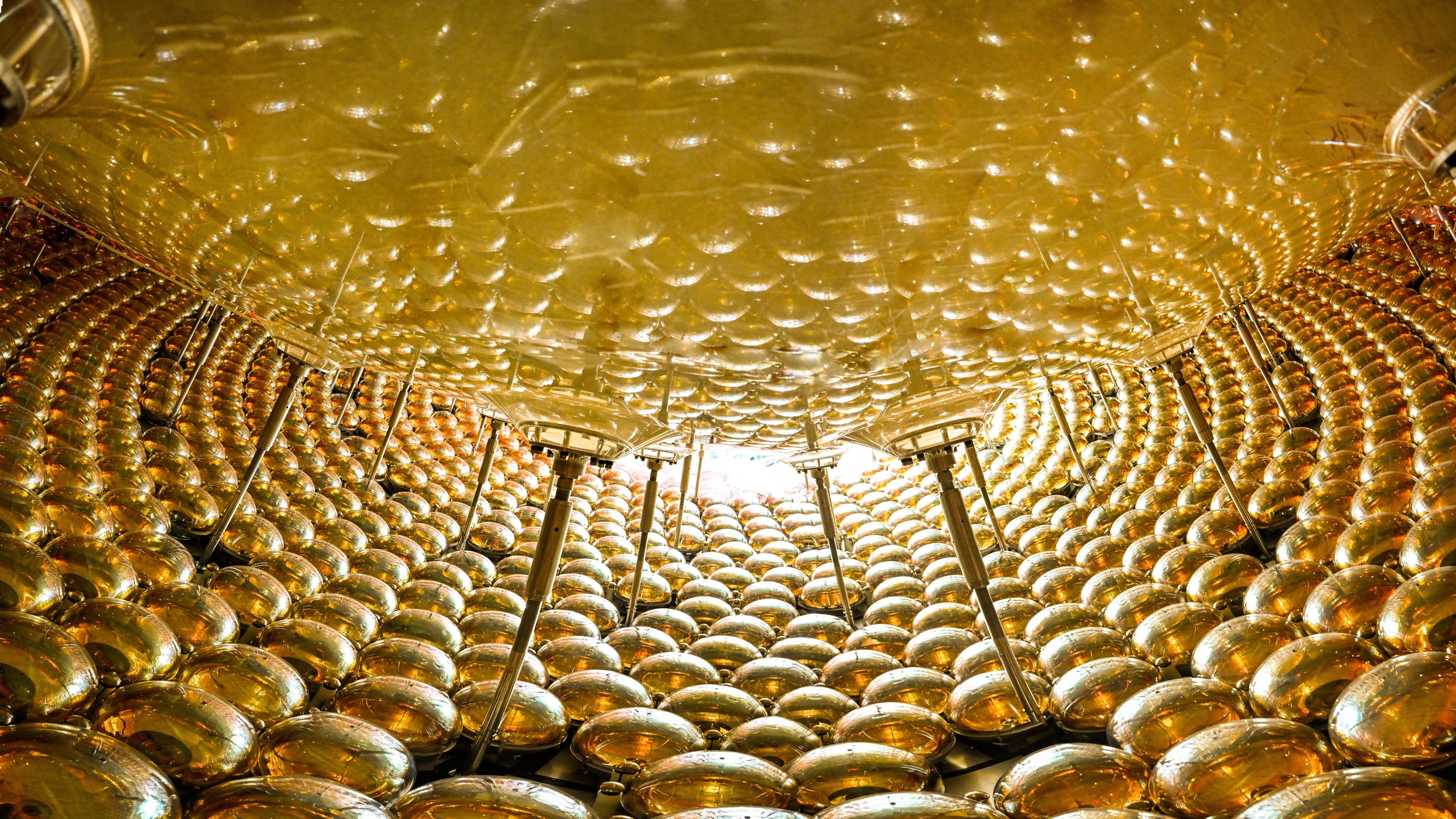
World's largest neutrino detector starts up — with incredible results
By Rory Harris published
Deep underground in southern China, there is a 20,000-ton tank of liquid that can detect neutrinos. Named JUNO, the detector's first results are in — and they're very promising.
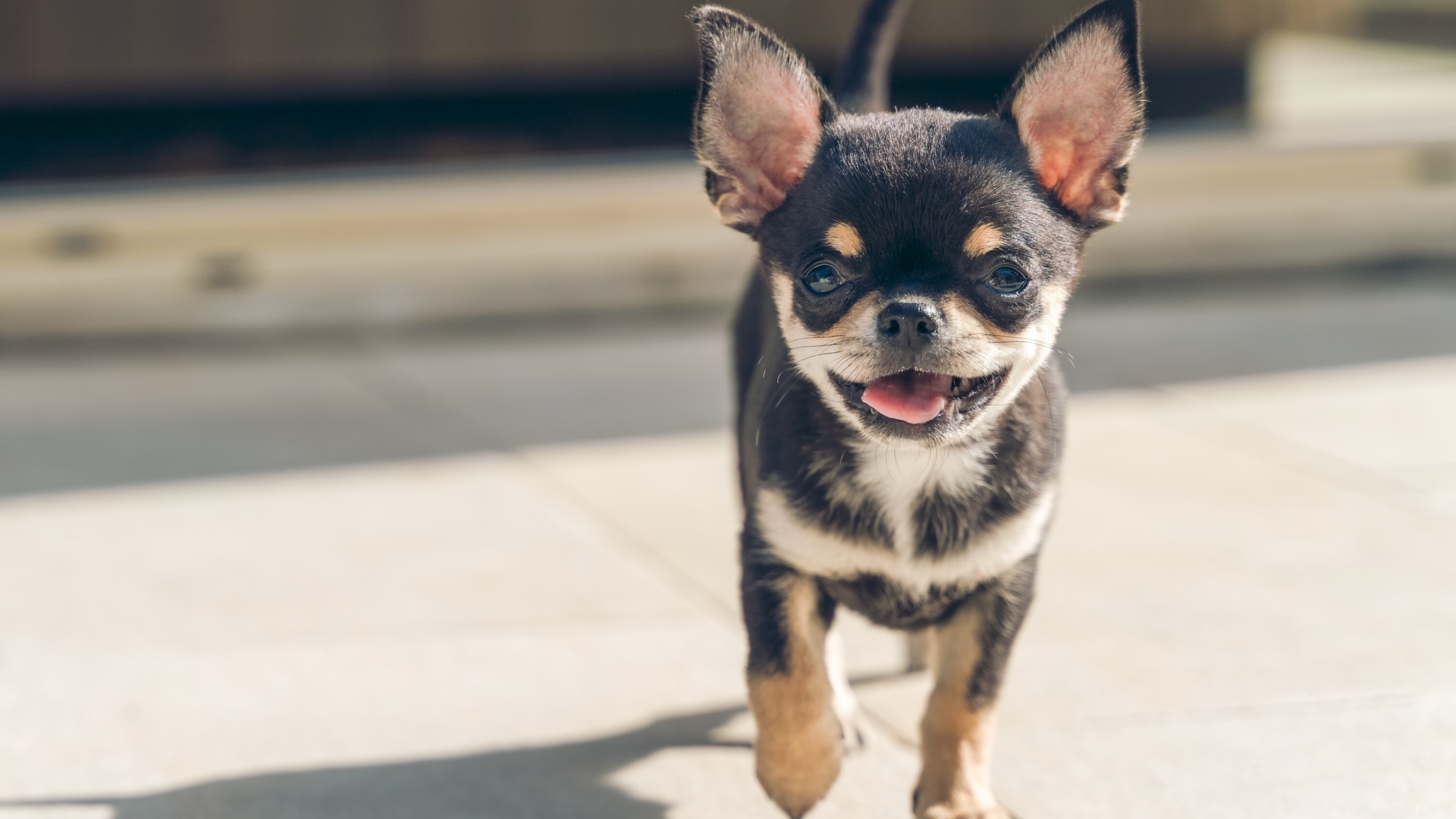
Most modern dogs have wolf DNA from relatively recent interbreeding. Here's which breeds are the most and least 'wolfish.'
By Skyler Ware published
About two-thirds of modern dog breeds carry some wolf ancestry introduced within the past few thousand years.

Two stars spiraling toward catastrophe are putting Einstein's gravity to the test
By Paul Sutter published
The two stars in the nearby system ZTF J2130 are spiraling toward a catastrophic supernova. In the meantime, scientists are using the pair's slow orbital decay to put Einstein's theory of gravity to the test.
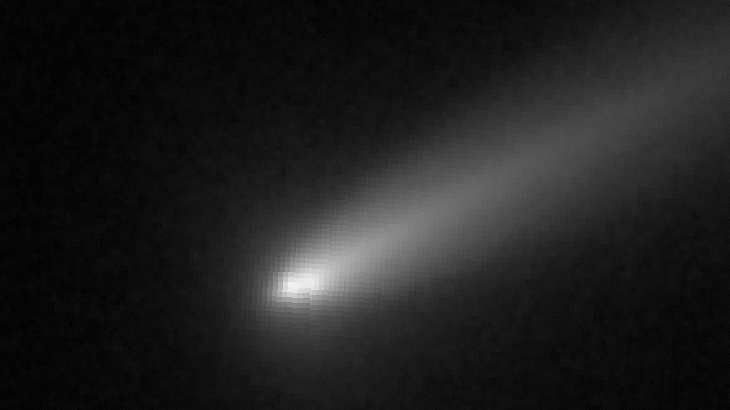
RIP 'other ATLAS': Watch the doomed comet explode into pieces in incredible new images
By Harry Baker published
Stunning new photos show the pieces of the "other ATLAS," C/2025 K1, breaking apart in space after the golden comet suddenly exploded earlier this month.
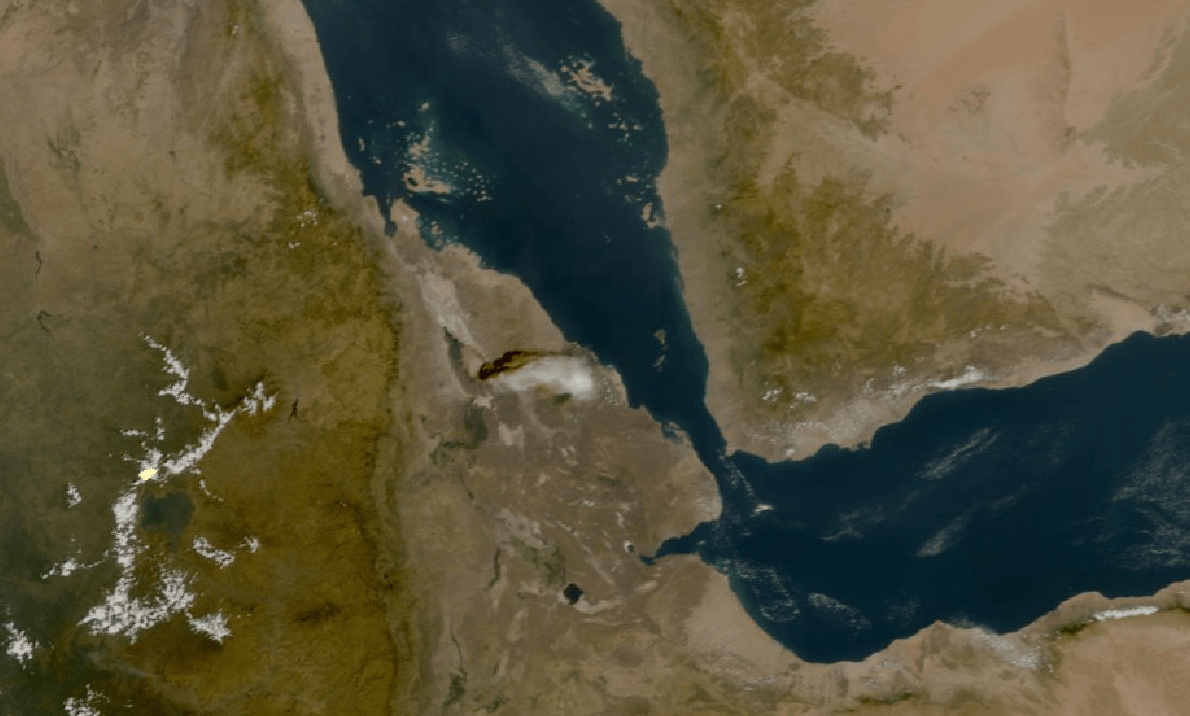
'Like a sudden bomb': See photos from space of Ethiopian volcano erupting for first time in 12,000 years
By Skyler Ware published
Hayli Gubbi, a shield volcano in northern Ethiopia, erupted for several hours on the morning of Sunday, Nov. 23 — the first eruption since the start of the Holocene.
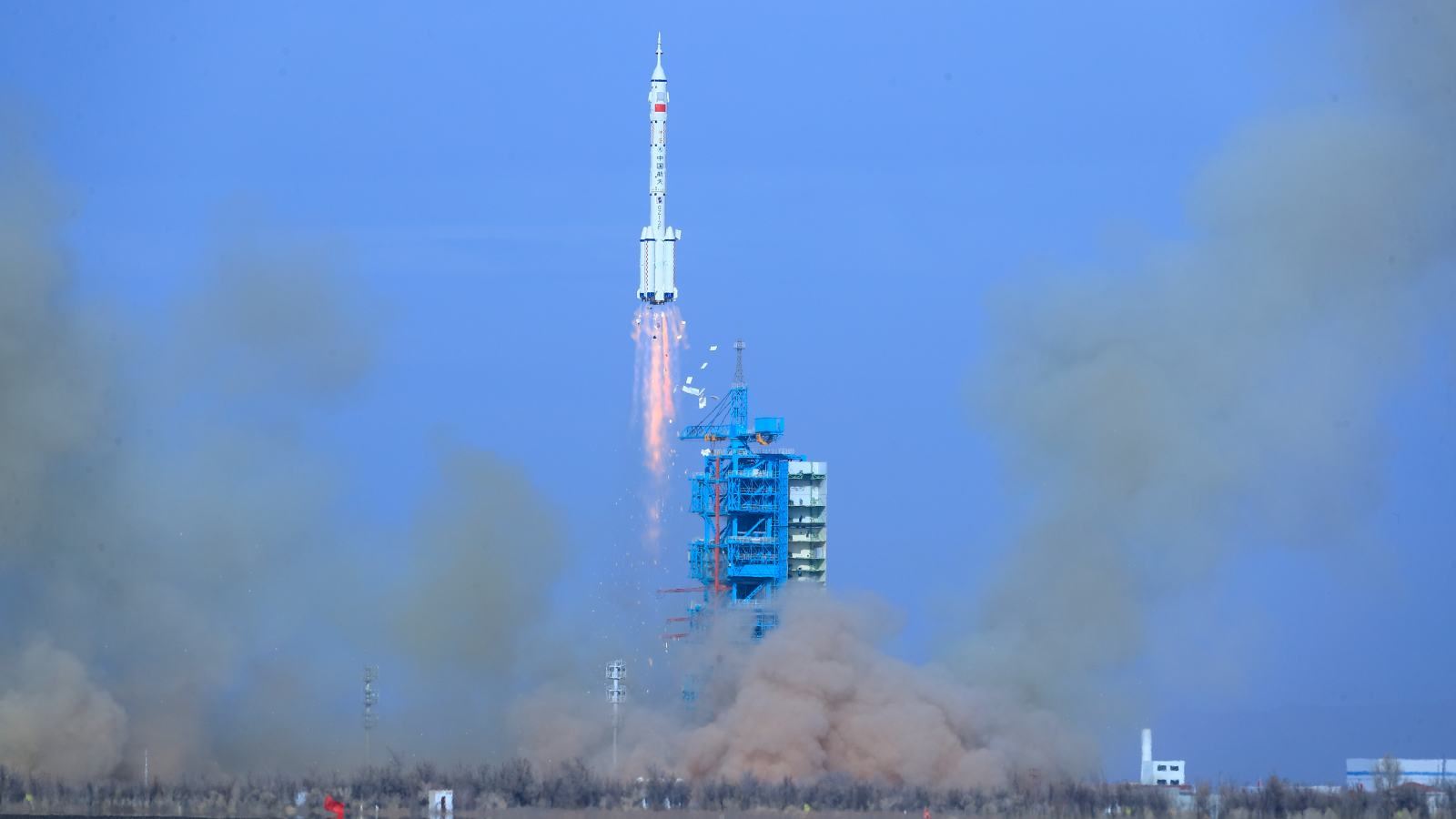
Marooned no more! Stranded Chinese astronauts finally have a way home following launch of unmanned 'lifeboat'
By Harry Baker published
China has launched an unmanned "lifeboat" to the Tiangong space station, ending a month-long fiasco. The spacecraft will eventually ferry home the marooned Shenzhou-21 crew, who have been stuck without a return capsule for over a week.
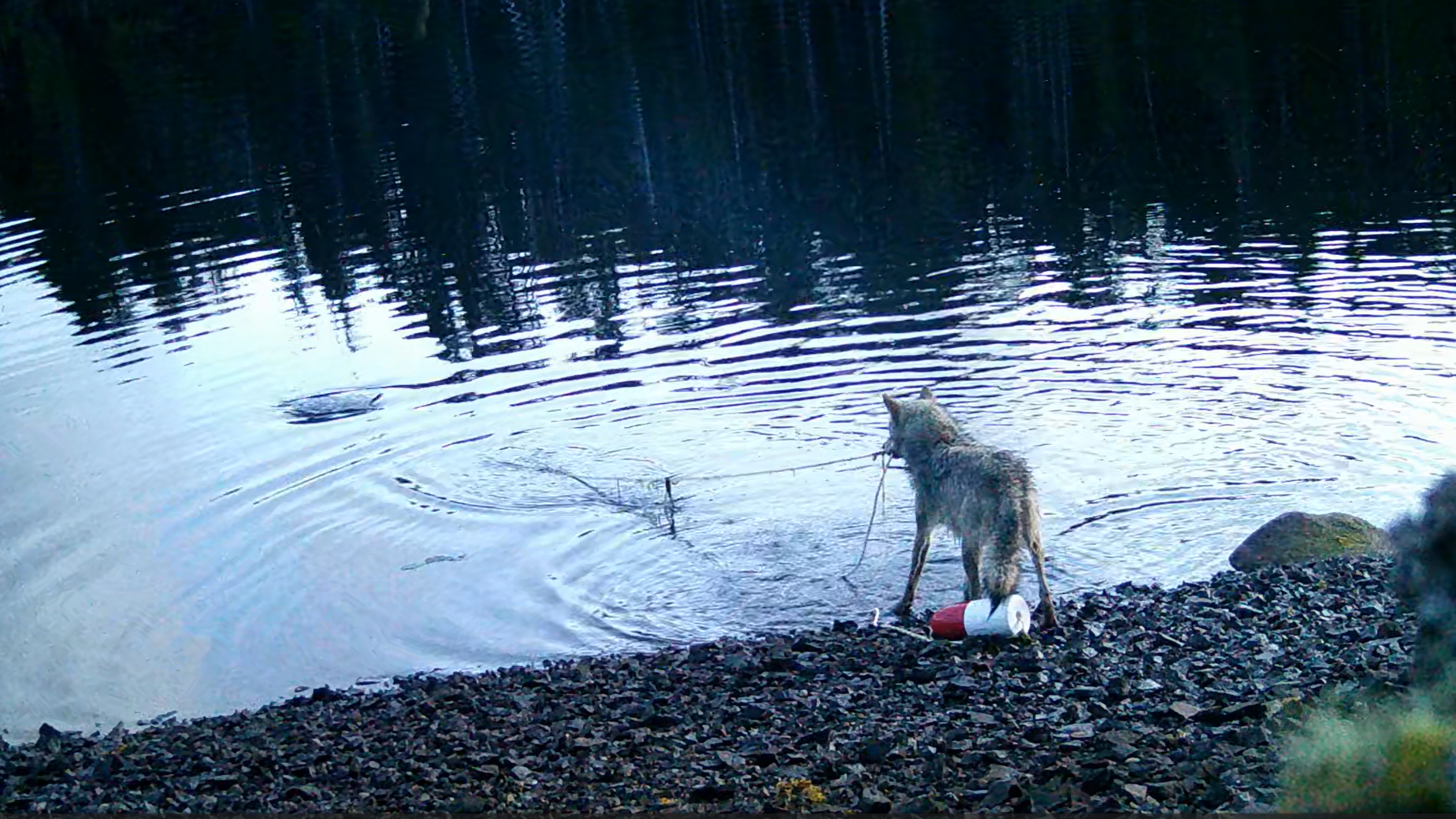
Wolf stealing underwater crab traps caught on camera for the first time — signalling 'new dimension' in their behavior
By Patrick Pester published
A video has revealed never-before-seen behaviors in wolves that could mark the first case of tool use in a wild member of the wolf and dog family — and it was all for some crab bait.
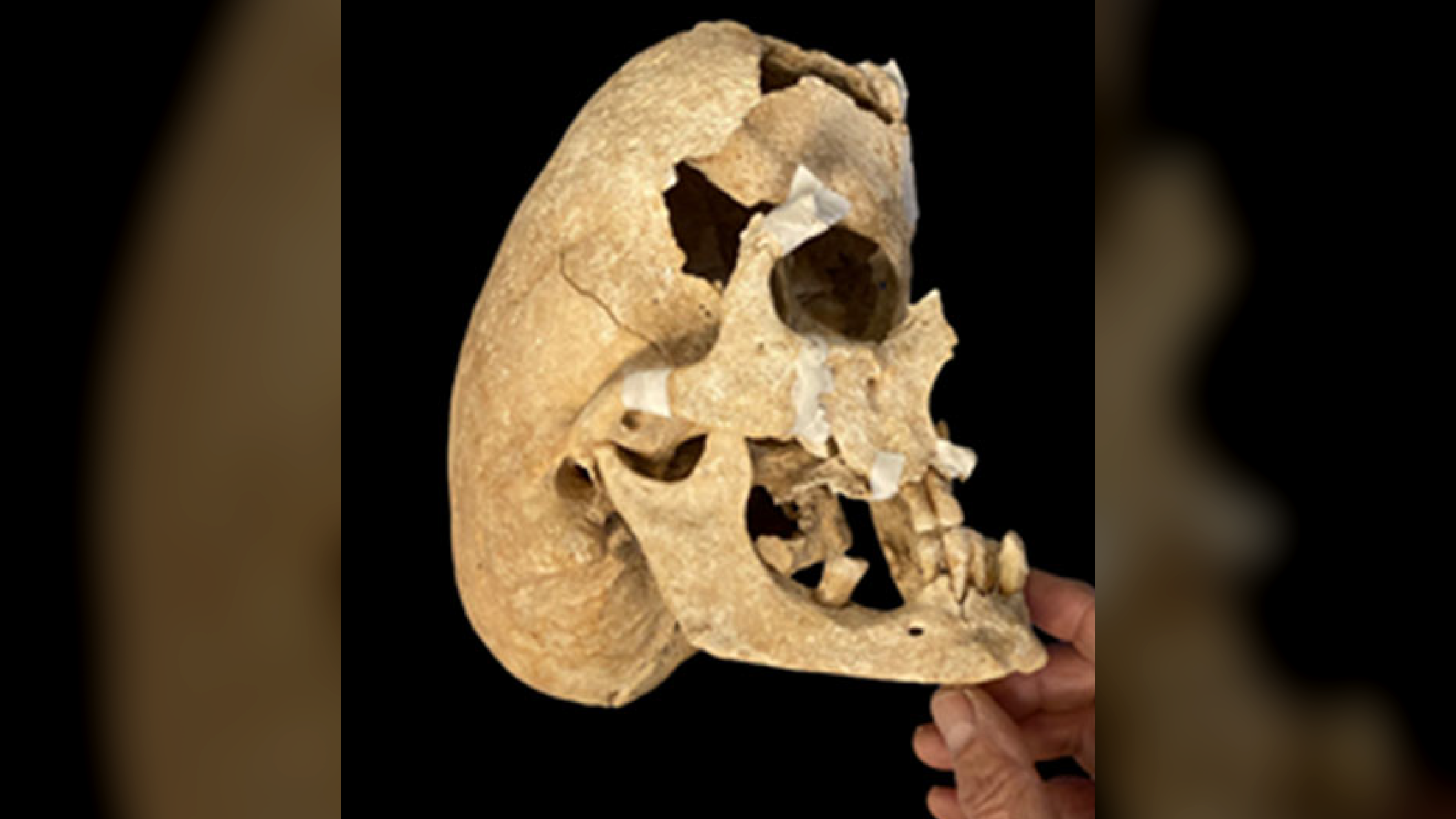
'I had never seen a skull like this before': Medieval Spanish knight who died in battle had a rare genetic condition, study finds
By Kristina Killgrove published
The extremely long skull of a medieval knight points to an underlying genetic condition.

Ruptures from 'silent' earthquakes deep in Earth's crust can heal themselves within hours
By Sascha Pare published
Researchers re-created the conditions deep inside the Cascadia subduction zone and found that fractured rocks can repair themselves during, or just hours after, slow-motion earthquakes.

Study links GLP-1 use to some pregnancy risks — but the research has key caveats
By Nicoletta Lanese published
A new study hints that pregnant people who have previously taken drugs like Ozempic may face a higher risk of certain poor pregnancy outcomes. But more studies are needed to understand the finding.

James Webb telescope may have discovered the earliest, most distant black hole ever seen
By Shreejaya Karantha published
The James Webb telescope may have detected the universe's earliest and most distant known black hole at the heart of galaxy GHZ2, revealing how the first black holes grew just a few hundred million years after the Big Bang.
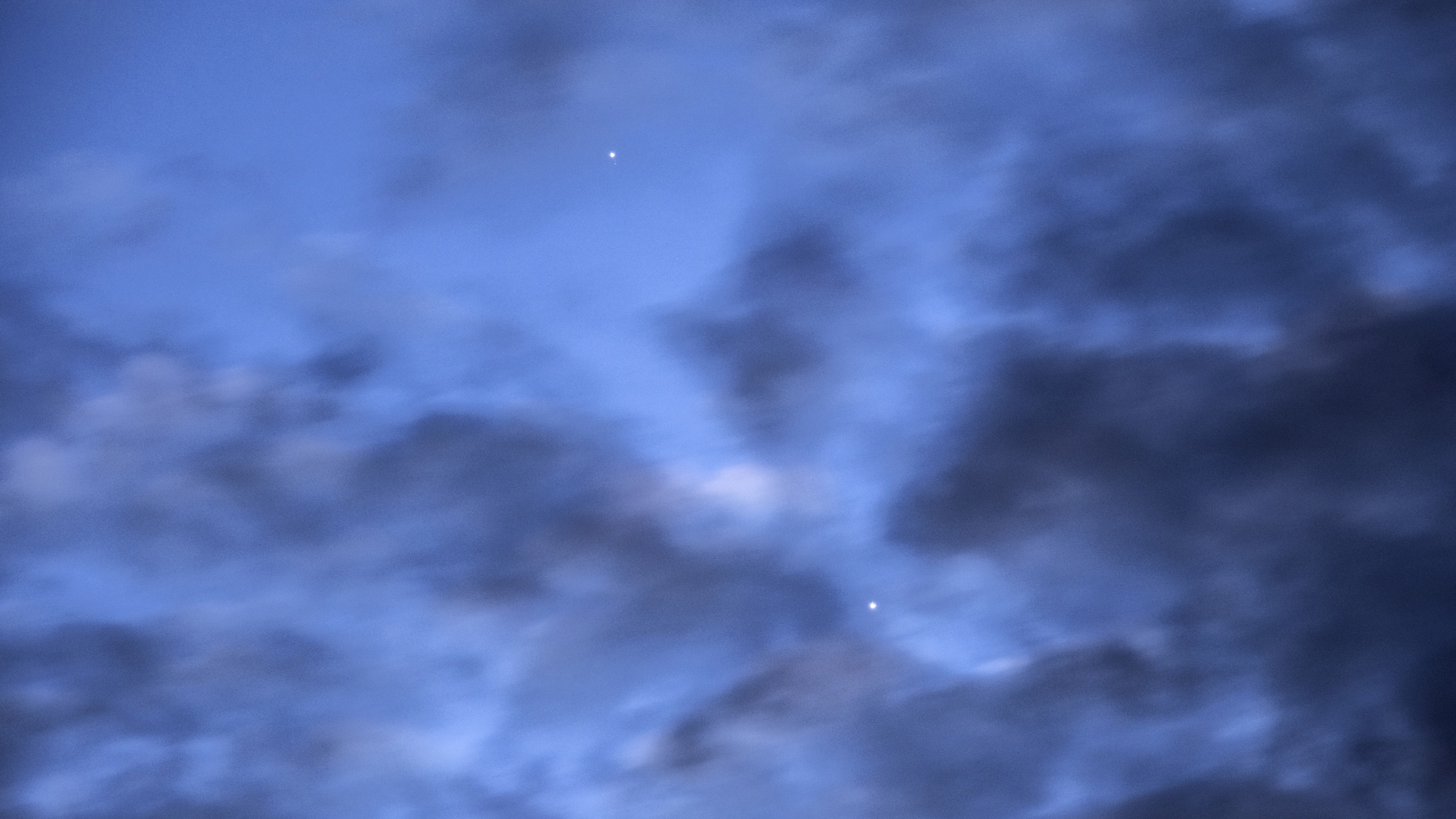
See a rare conjunction of Mercury and Venus late tonight
By Jamie Carter last updated
The inner planets Mercury and Venus will both be visible in the east-southeast sky before sunrise on Tuesday, Nov. 25.
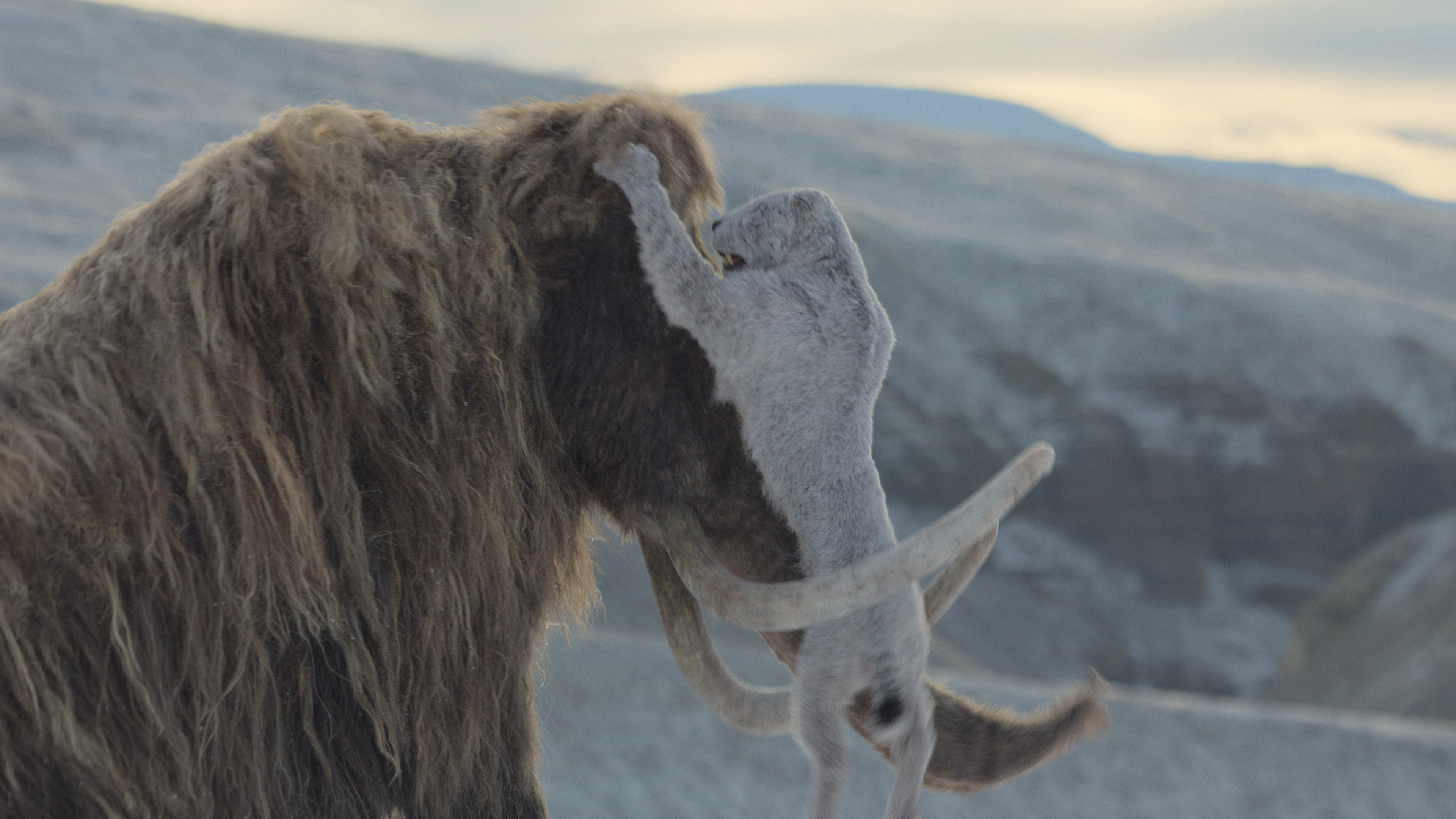
A new Apple TV series brings to life iconic animals of the last ice age.
By Sascha Pare published
A clip from the upcoming series "Prehistoric Planet: Ice Age" shows how iconic ice age creatures adapted to their changing environment as temperatures rose and ice sheets started to melt.
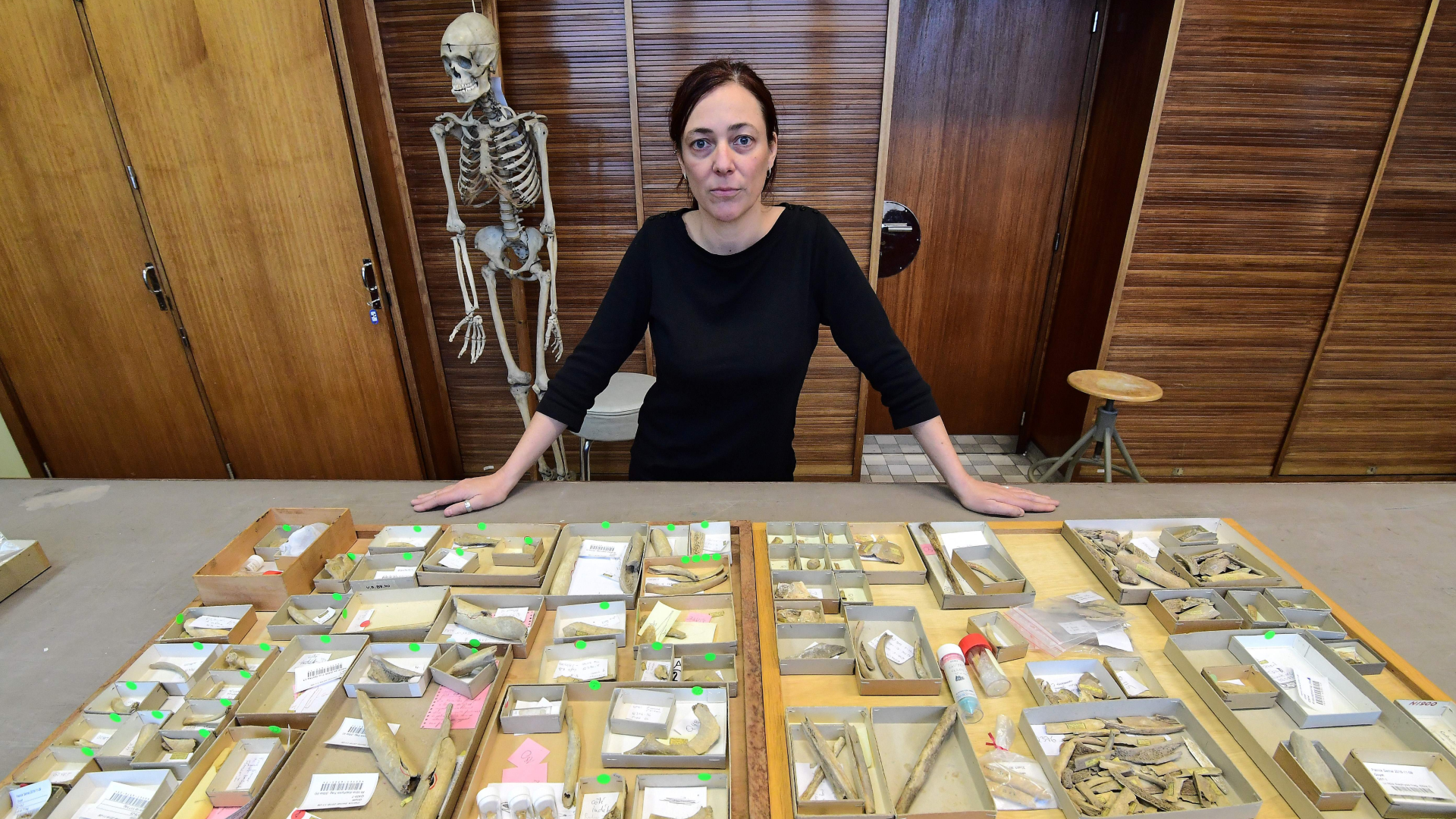
Neanderthals cannibalized 'outsider' women and children 45,000 years ago at cave in Belgium
By Kristina Killgrove published
Fragmented Neanderthal bones discovered in a cave in Belgium show that one group cannibalized the women and children of another group.
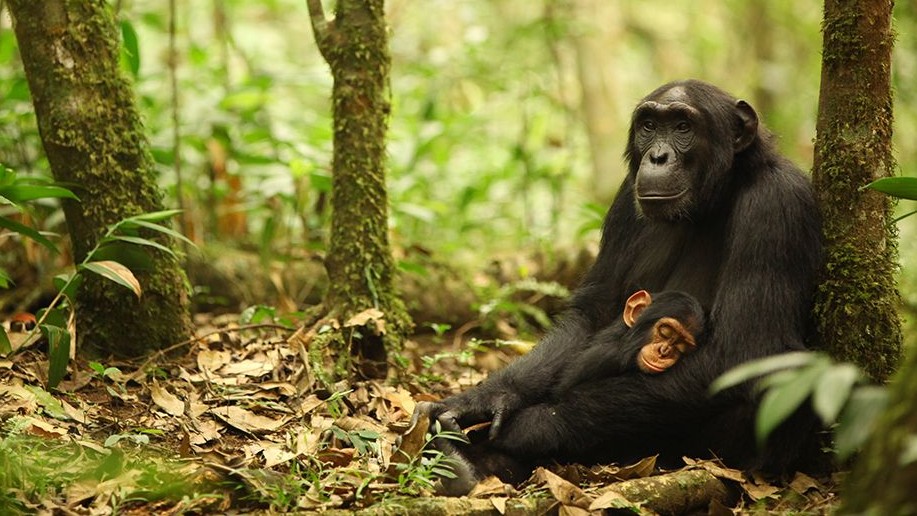
A decade-long chimp war ended in a baby boom for the victors, scientists discover
By Chris Simms published
A deadly conflict between rival groups of chimpanzees in Uganda led to comprehensive victory and a bounty of territory and food — does it show why humans go to war?
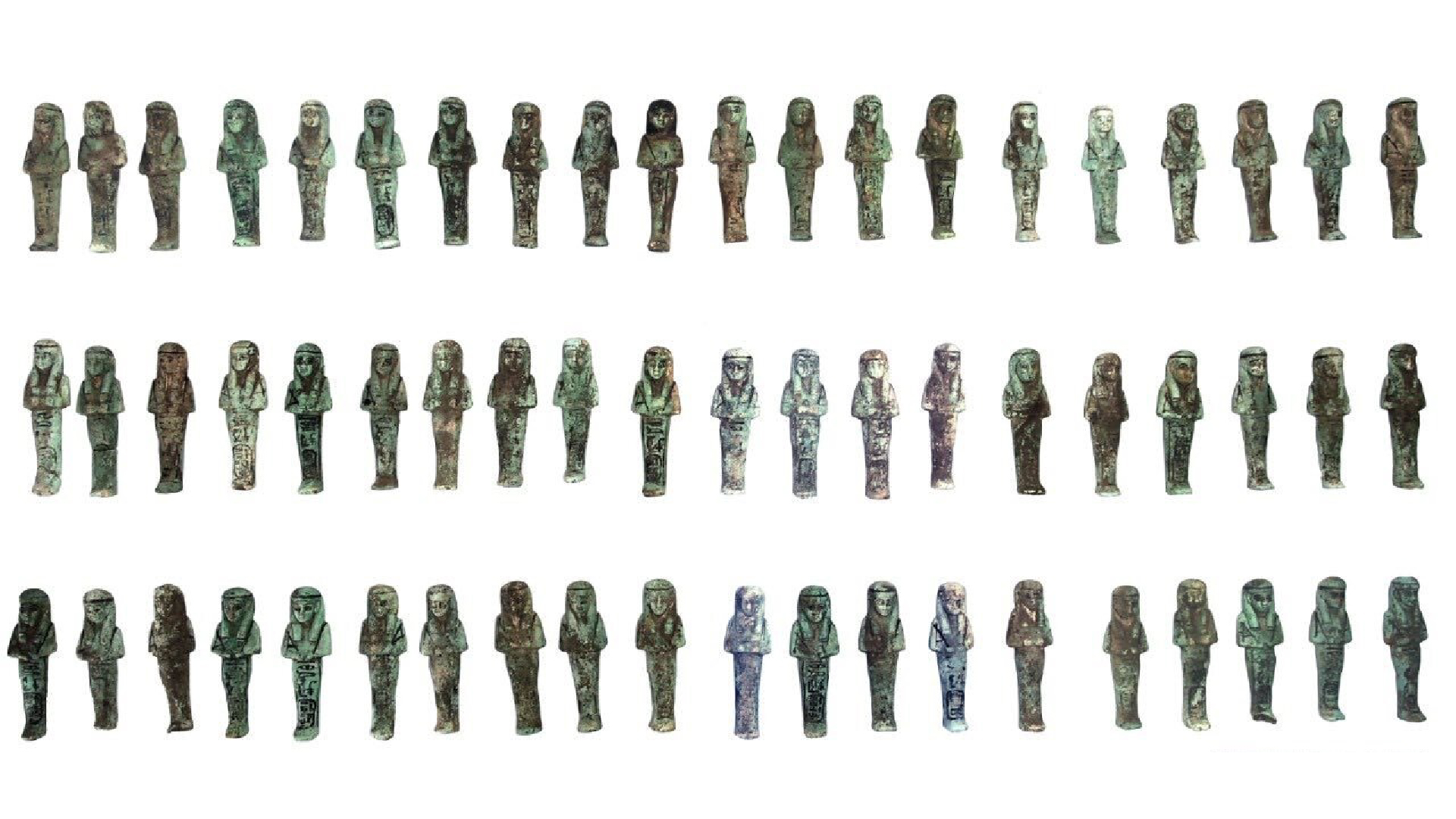
Ancient Egyptian pharaoh moved another ruler's body and stole his tomb, hundreds of funerary figurines suggest
By Owen Jarus published
Archaeologists have discovered 225 shabtis — figurines meant to work for the deceased in the afterlife — in a pharaoh's tomb.
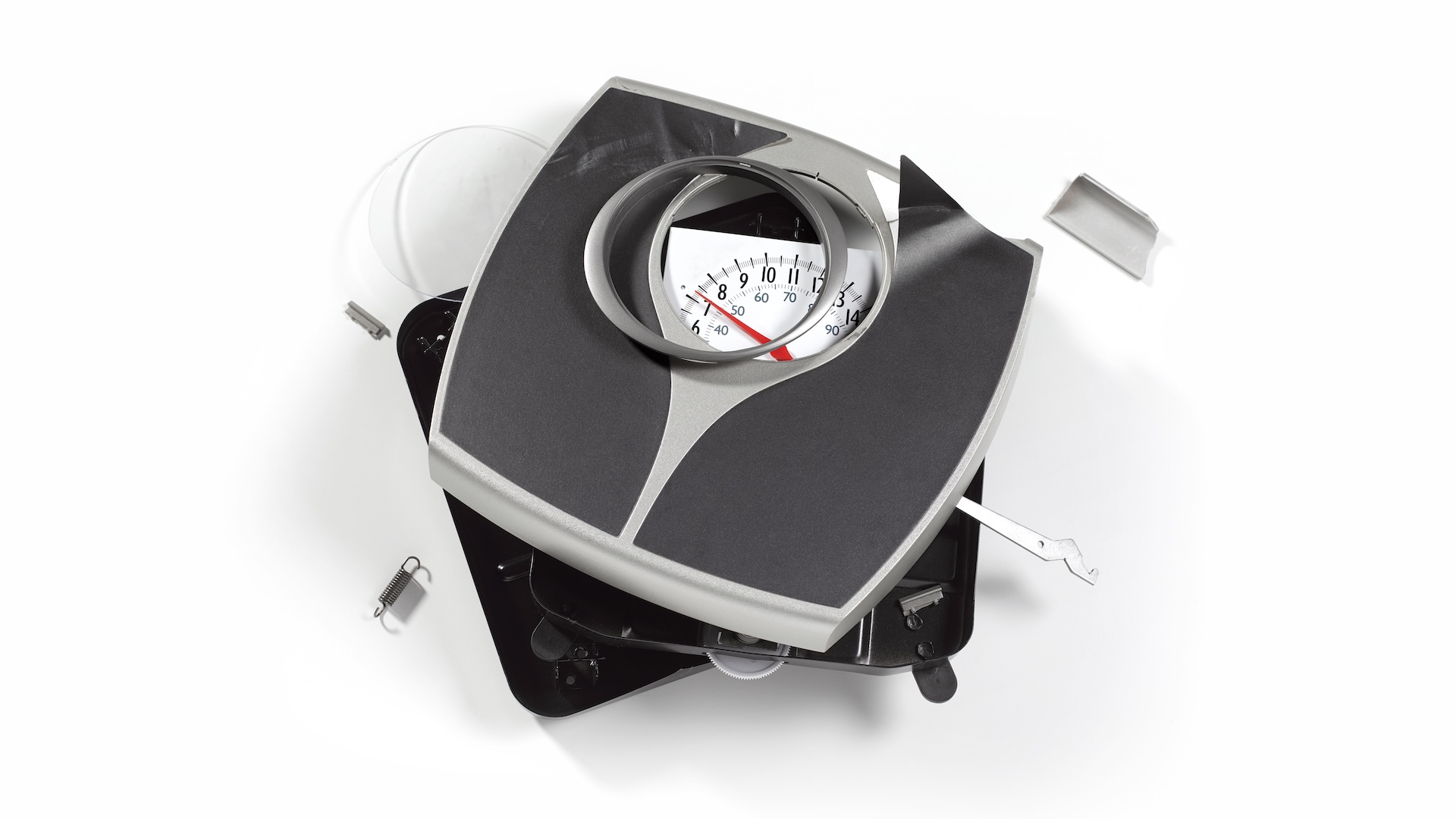
Has America's obesity rate plateaued?
By Stephanie Pappas published
Some recent national numbers suggest the obesity rate has plateaued or even declined. Experts are skeptical.
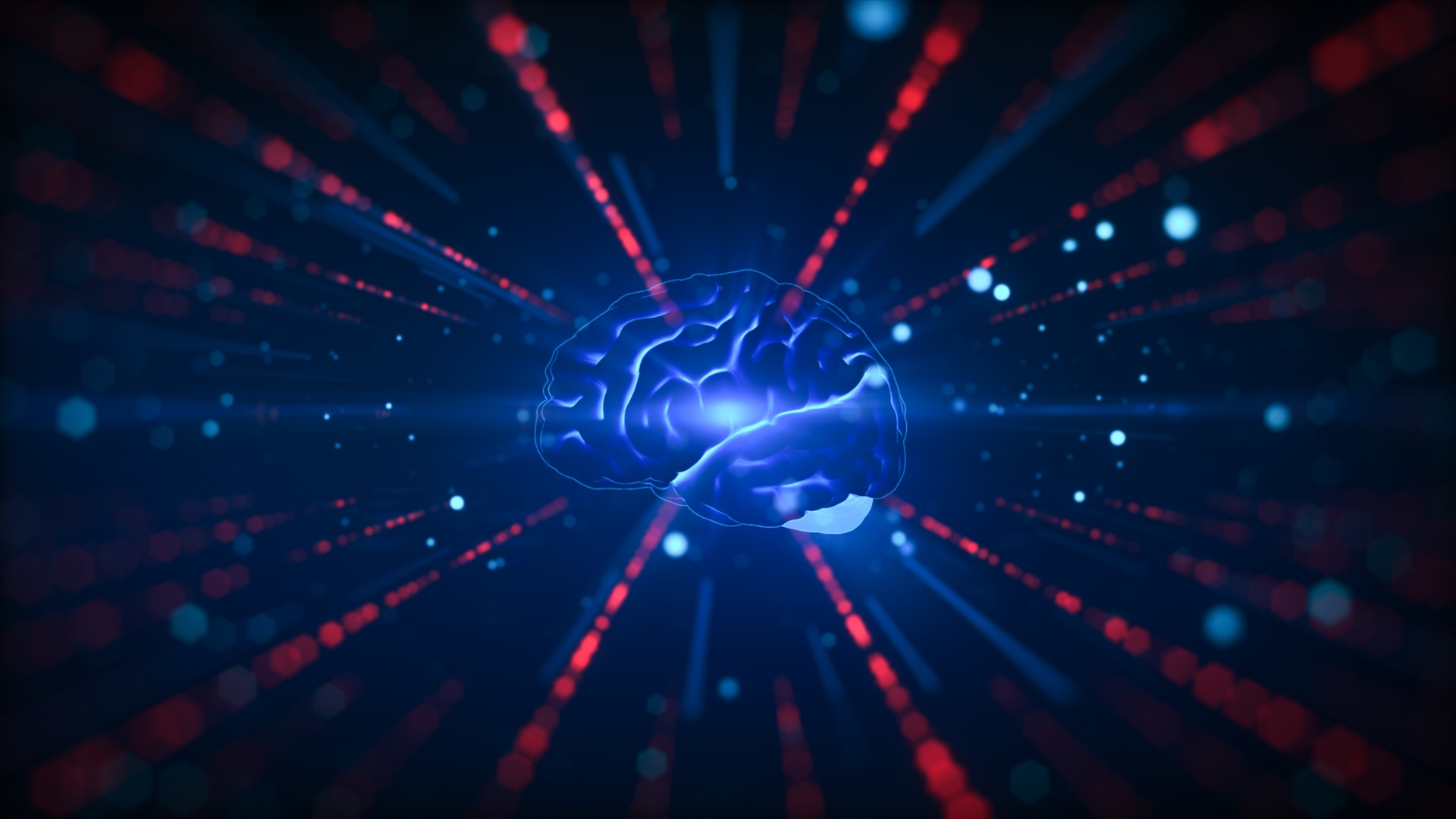
Scientists say they've eliminated a major AI bottleneck — now they can process calculations 'at the speed of light'
By Tristan Greene published
A new architecture replaces traditional bottlenecks with a passive, single-shot light-speed operation that could become the foundational hardware for AGI, scientists argue.
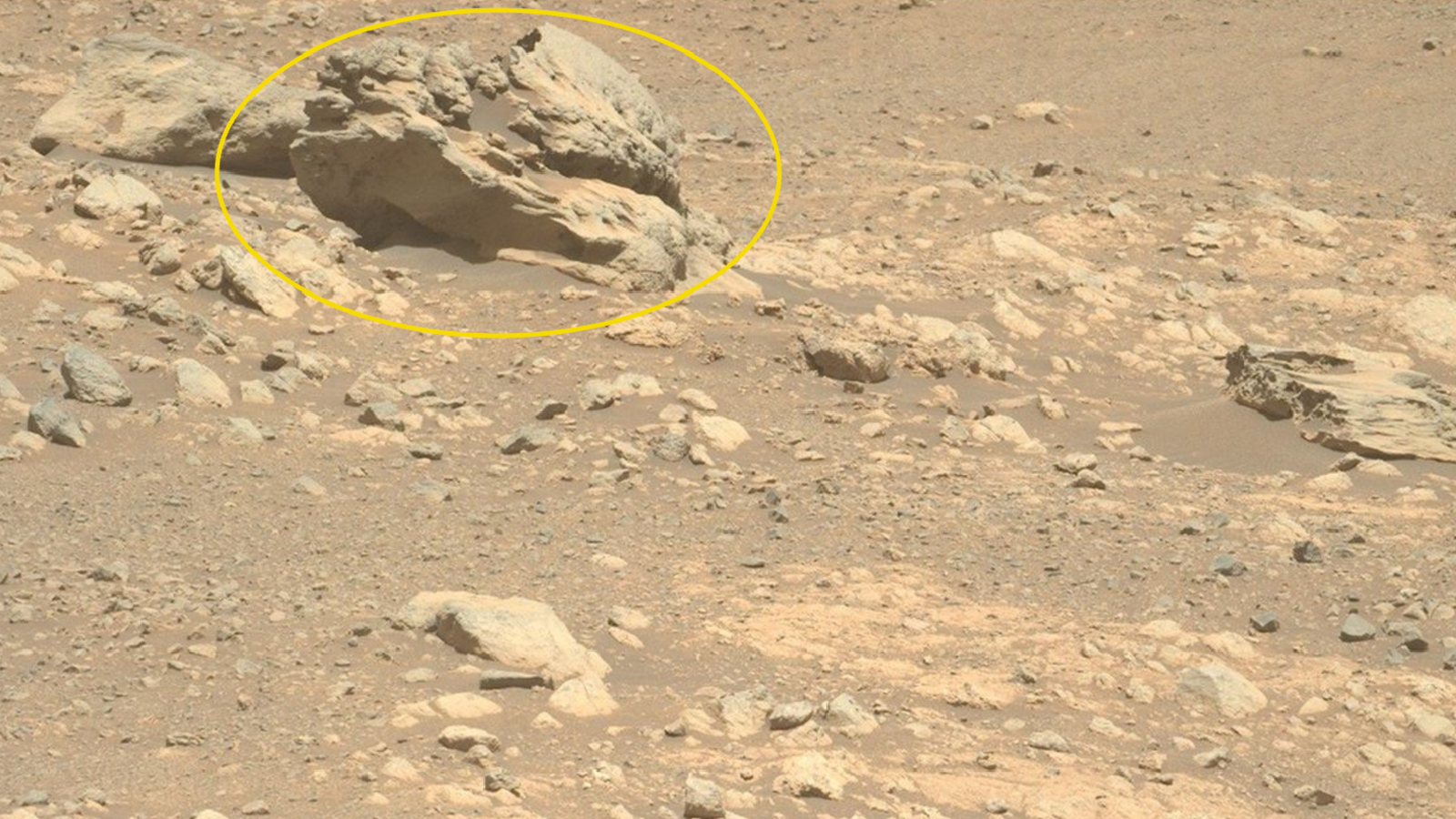
Odd-looking rock on Mars is totally alien to the Red Planet, Perseverance rover finds
By Harry Baker published
NASA's Perseverance Mars rover recently came across an odd rock, dubbed "Phippsaksla," that is unlike anything else the robot has found on the Red Planet. It turns out that it probably isn't from our neighboring world and likely crashed on Mars instead.
Get the world’s most fascinating discoveries delivered straight to your inbox.

